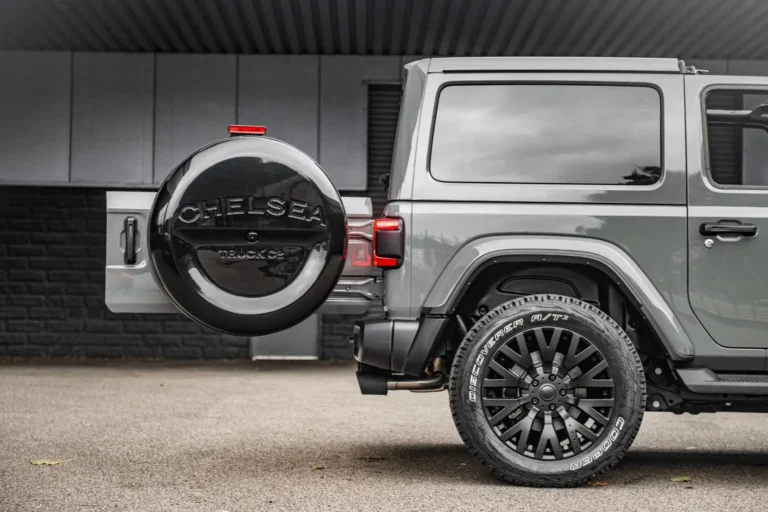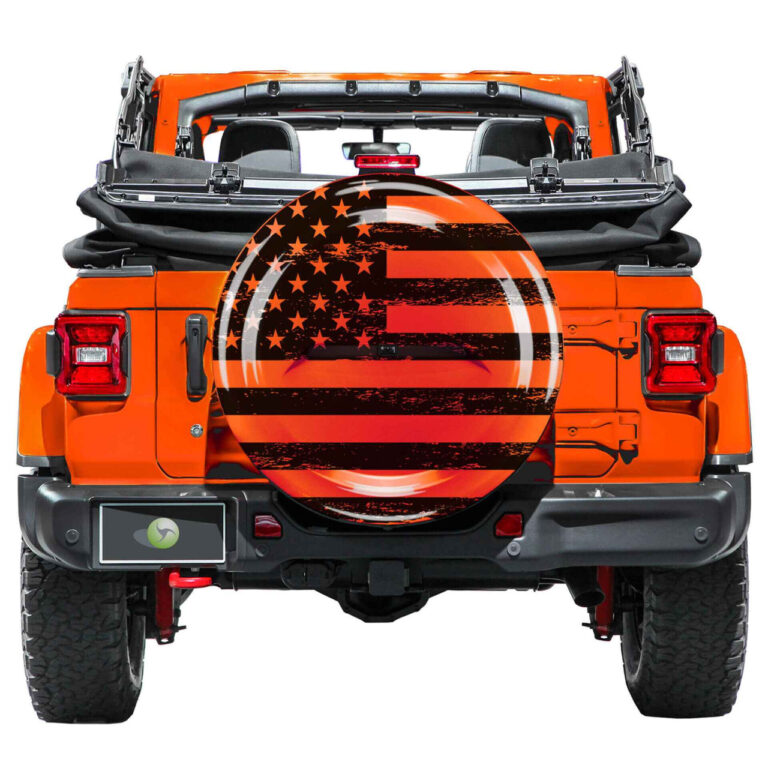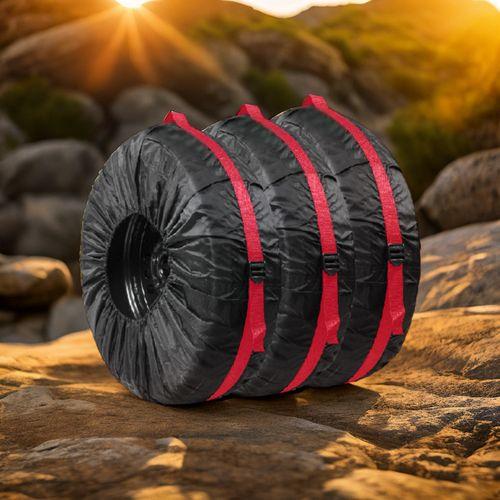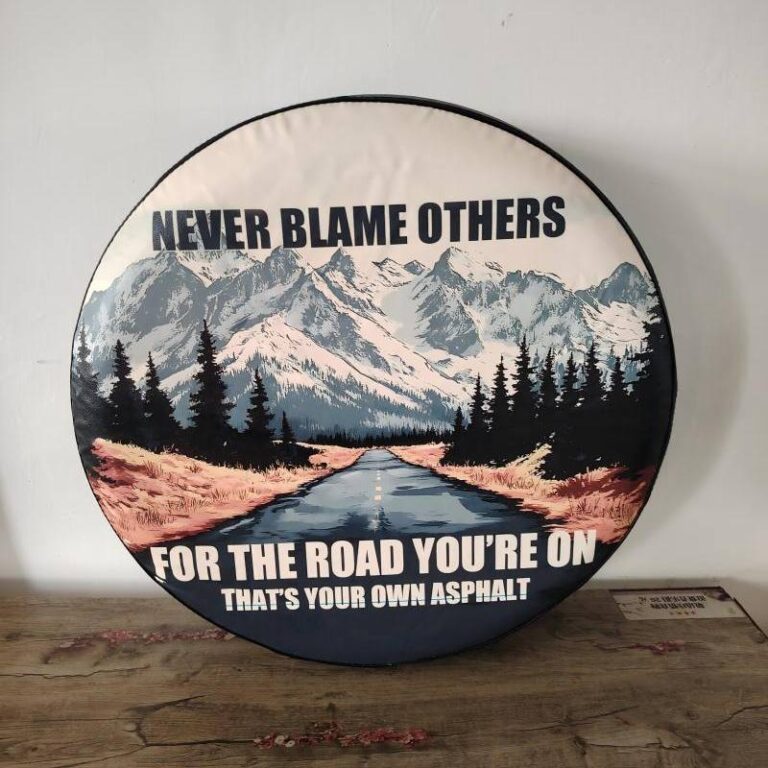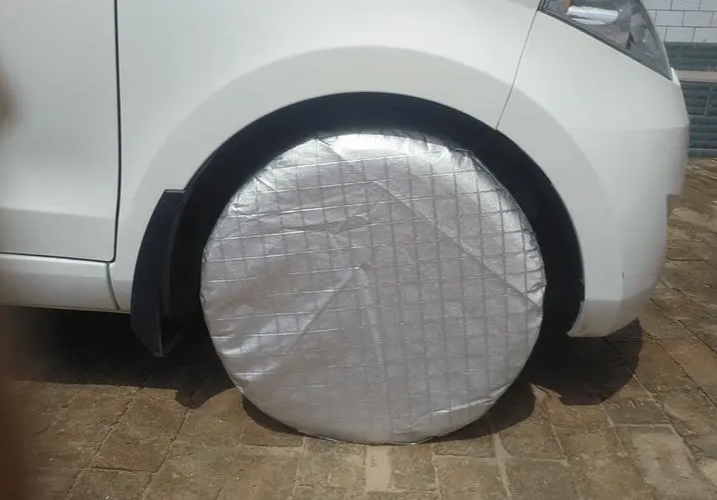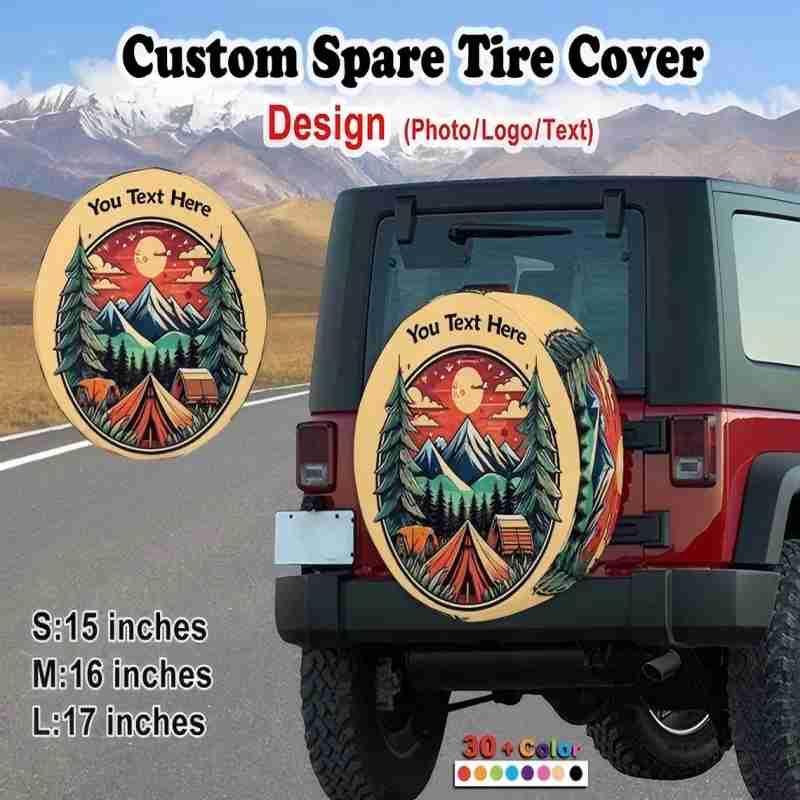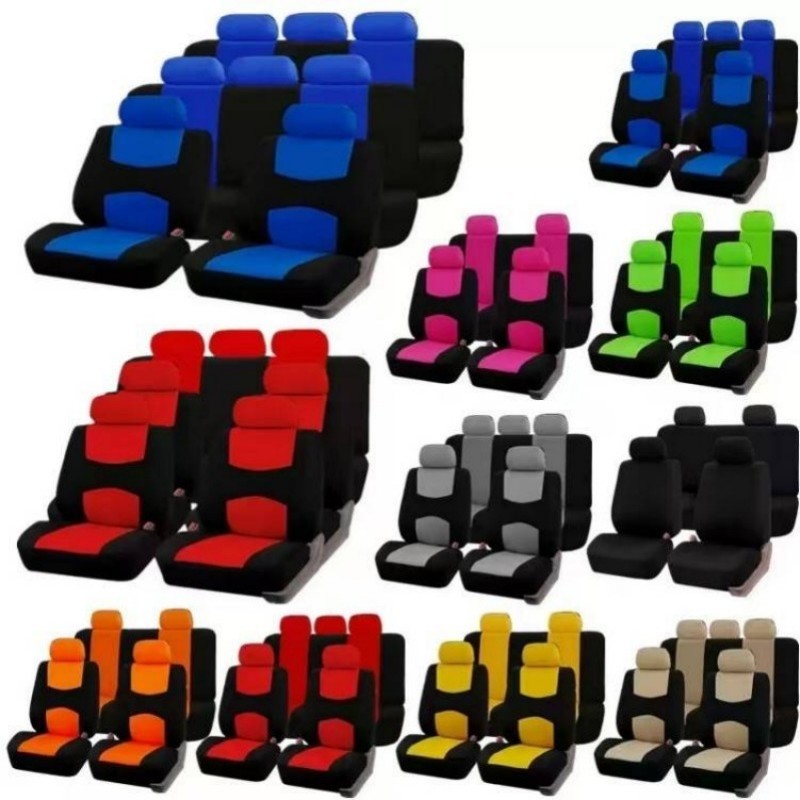-
Xingming Road, Yanyuan, Xingtan, Shunde, Foshan, Guangdong
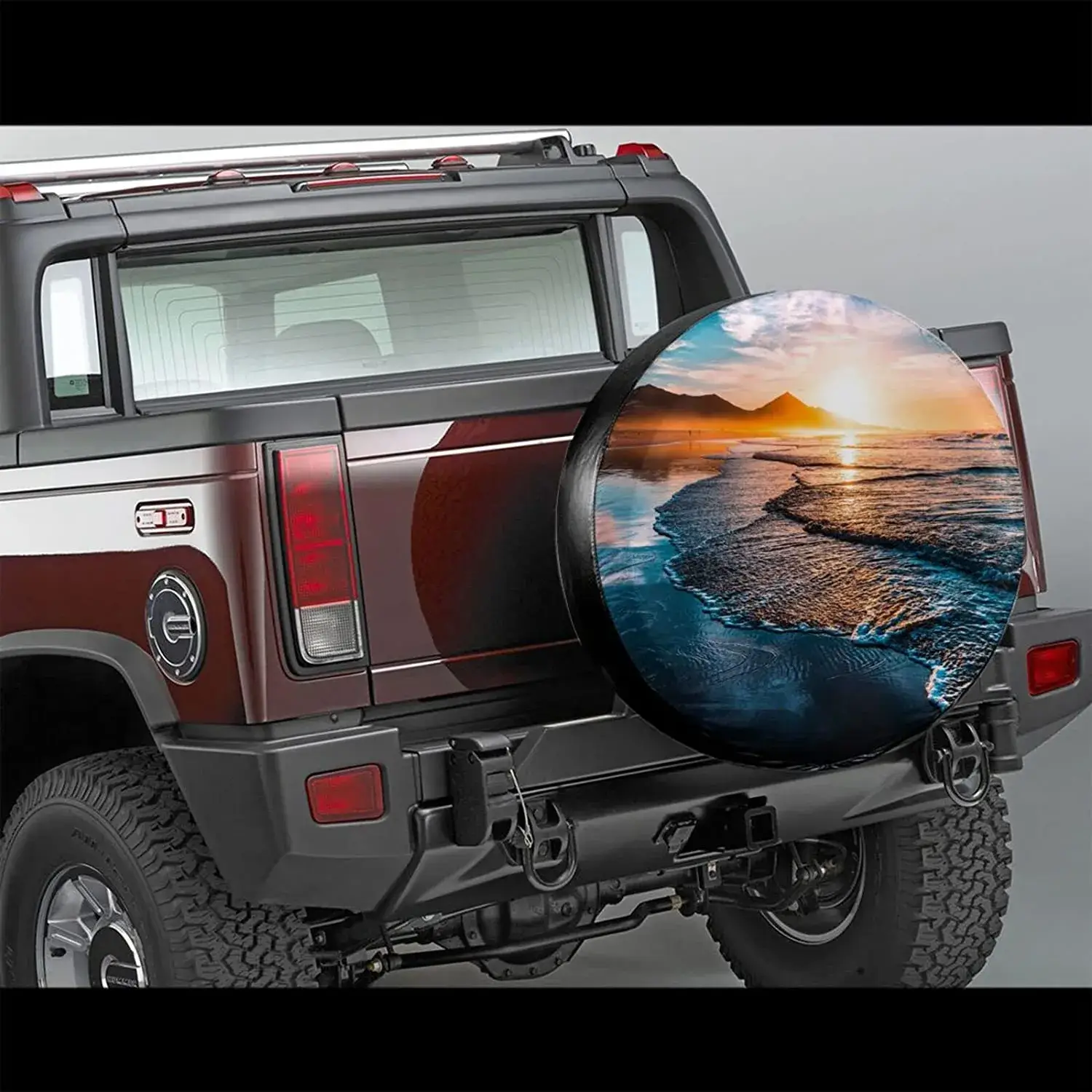
Why UV-Resistant Covers Save Summer Tires: 5 Core Benefits
Introduction of UV-resistant tire covers
According to data from the US Environmental Protection Agency in 2023, the temperature of asphalt roads in summer can reach 70°C, and the intensity of ultraviolet rays is 40% higher than in winter. In such an environment, the neglected spare tire is undergoing a harsh test comparable to the Sahara Desert – the rubber aging rate increases by 300%, and the risk of tire blowout increases by 25%. As the “sun protection armor” of modern cars, UV-resistant tire covers are becoming a wise choice for car owners to cope with climate challenges with an average annual market growth rate of 18%.
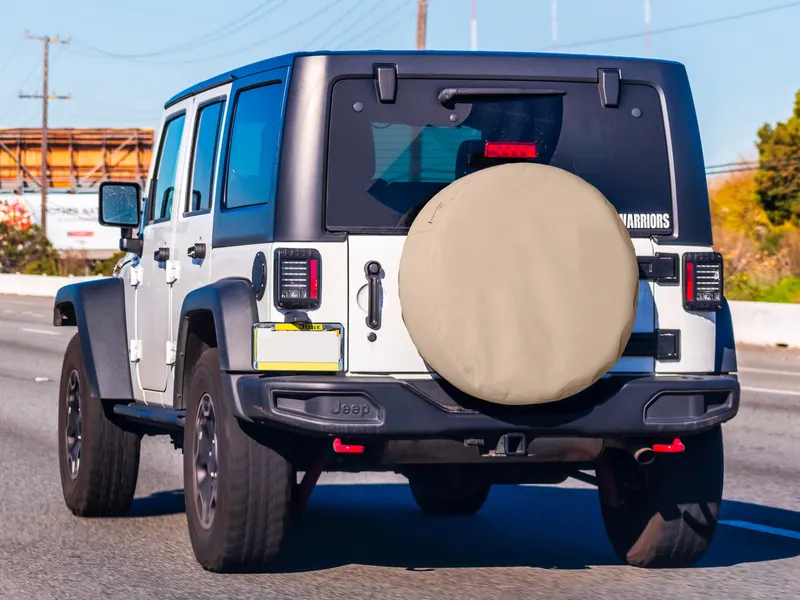
The 5 core values and scientific basis of UV-resistant tire covers
1. UV protection: blocking the culprit of rubber “photoaging”
- Argument: Research by the American Rubber Manufacturers Association shows that continuous ultraviolet radiation will cause a free radical chain reaction on the tire surface, causing the rubber molecular chain to break. The UV shield can block 98% of UVA/UVB rays by adding UV420 absorber.
- Case: Kairun Auto Parts adopts a three-layer composite structure (polyester substrate + nano coating + reflective film). Florida exposure test shows that the tire life is extended by 3.2 years.
2. Temperature control: Solving the problem of thermal expansion
- Data: NASA thermal imaging experiments show that the use of shields can reduce the surface temperature of tires by 28°C (from 68°C to 40°C) and reduce internal air pressure fluctuations by 45%.
- Principle: Reflective materials (such as Kairun’s SilverShield technology) reflect 82% of solar radiation through the mirror effect.
3. Anti-drying crack design: The secret to maintaining rubber flexibility
- Research: Japan JATMA tests show that bare tires will have cracks of more than 3mm in 6 months in summer, while tires with shields will maintain a complete surface structure for 24 months.
- Technology: Built-in humidity regulating layer (such as CoolCore fabric) can maintain the moisture content of rubber in the ideal range of 8-12%.
4. Pollution protection: Building a chemical corrosion barrier
- Evidence: Monitoring by the California Air Resources Board shows that the protective cover can reduce ozone erosion by 67% and acid rain corrosion by 54%.
- Innovation: The CryptoShield coating developed by 3M can neutralize pollutants such as nitrogen oxides (patent number US 10,233,543 B2).
5. Economic value: Invisible benefits of extending tire life
- Calculation: Based on the average price of a full-size spare tire of $200, using a $50 protective cover can create a 400% ROI (calculated based on an extended life of 3 years).
- Case: AAA statistics show that the average cost of roadside assistance due to spare tire failure is $325/time.

Material evolution history: the leap from canvas to smart materials
- First generation (1980s): basic canvas + PVC coating (UV blocking rate <60%)
- Second generation (2000s): polyester + nano titanium dioxide (UV blocking 85%)
- Third generation (2020s): Phase change material (PCM) intelligent temperature control system (patented technology, see Kairun official website case)
5S golden rule for UV-resistant tire covers installation and maintenance
- Sanitize: wipe with pH6.5 neutral detergent every month (refer to Meguiar’s care plan)
- Secure: use a triple fixing system (top Velcro + middle strap + bottom elastic lock edge)
- Survey: Establish a quarterly checklist (including 6 key indicators)
- Store: Fold the lining outward to avoid coating wear
- Update: Evaluate protection performance every 24 months (can be monitored with UV test cards)
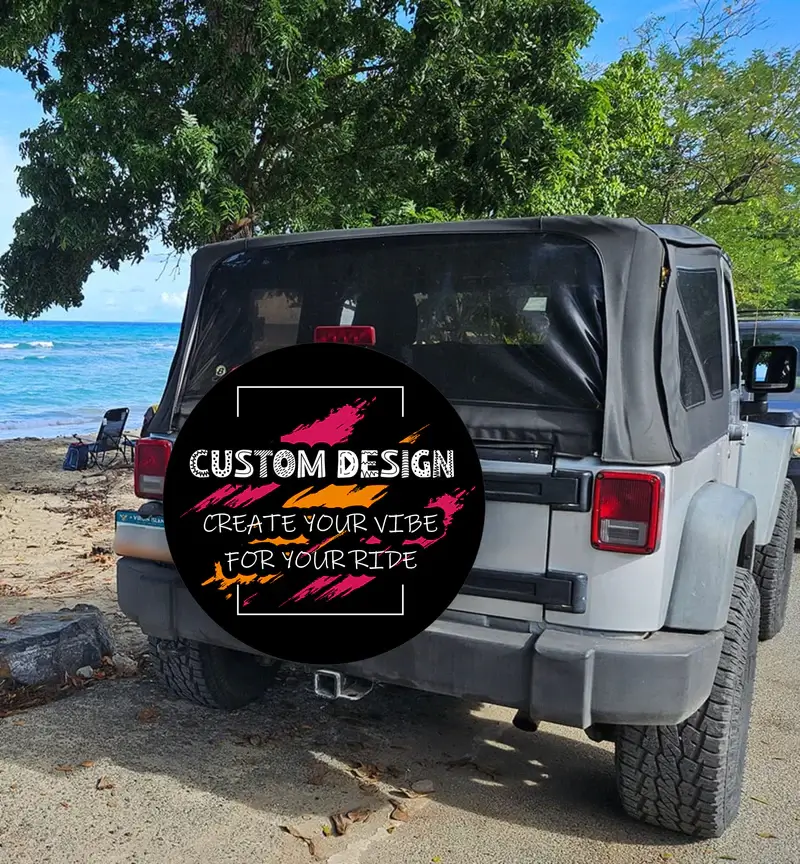
Industry trends: Transformation from functional parts to smart ecology
- Integrated sensors: Kairun’s newly launched iCover Pro can monitor tire pressure/temperature in real time (via Bluetooth connection)
- Solar energy utilization: Tesla patent shows that it is developing photovoltaic coating protective covers
- Environmentally friendly materials: DessoRecycled series uses 100% recycled PET fiber (BlueSign certified).
FAQs of UV-resistant tire covers
Why do you need UV-Proof Tire Covers?
UV rays accelerate rubber aging, leading to tire cracking and abnormal tire pressure. Protective covers can reduce surface temperature by 28°C, extending tire life by more than 3 years.
How do UV-Proof Tire Covers work?
Built-in materials (such as nano-coatings) prevent rubber molecular chains from breaking by reflecting/absorbing 98% of UV rays (SAE research) and reducing tire temperature.
Which material has the best protection effect?
Which material has the best protection effect? Polyester + nano-titanium dioxide (blocks 85% of UV rays) or Kairun’s three-layer composite structure (extends life by 3.2 years), waterproof vinyl is preferred in humid areas.
Conclusion: Build a full-cycle protection system for vehicles
At a time when climate extremes are intensifying, UV-proof tire covers have gone beyond the scope of simple accessories and become the “fourth essential” for car maintenance. As Consumer Reports points out: “Investing $50 in protective gear is equivalent to buying an insurance policy for your tires with an average annual return of more than 200%.” When we choose car covers and crystal coatings for our cars, please don’t forget the spare tire that silently guards the safety of the rear – giving it a piece of technological armor means giving it an extra layer of calm protection during the journey.
Visit Kairun Auto Parts Official Website to get a free tire health test kit, and professional engineers will customize a personalized protection plan for you. Registered members can enjoy the same thermal imaging test service as NASA, allowing technology to protect you every step of the way.

